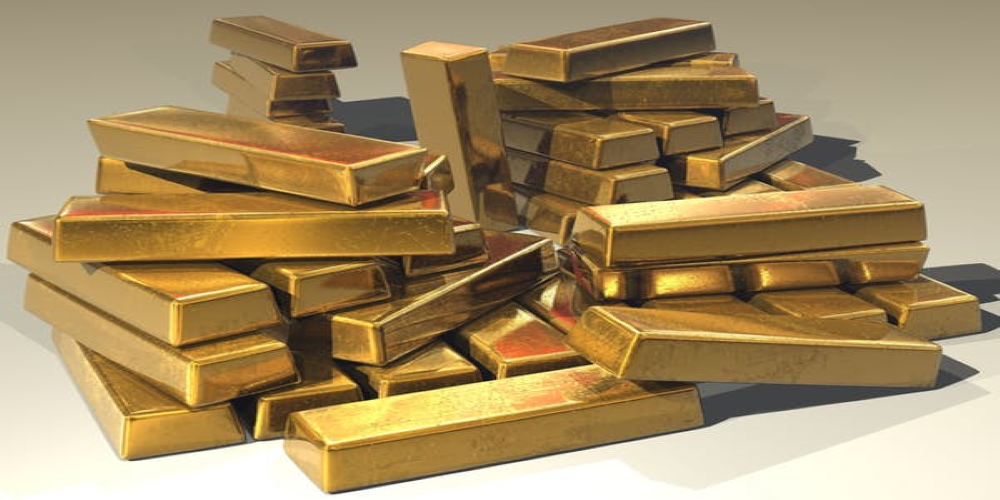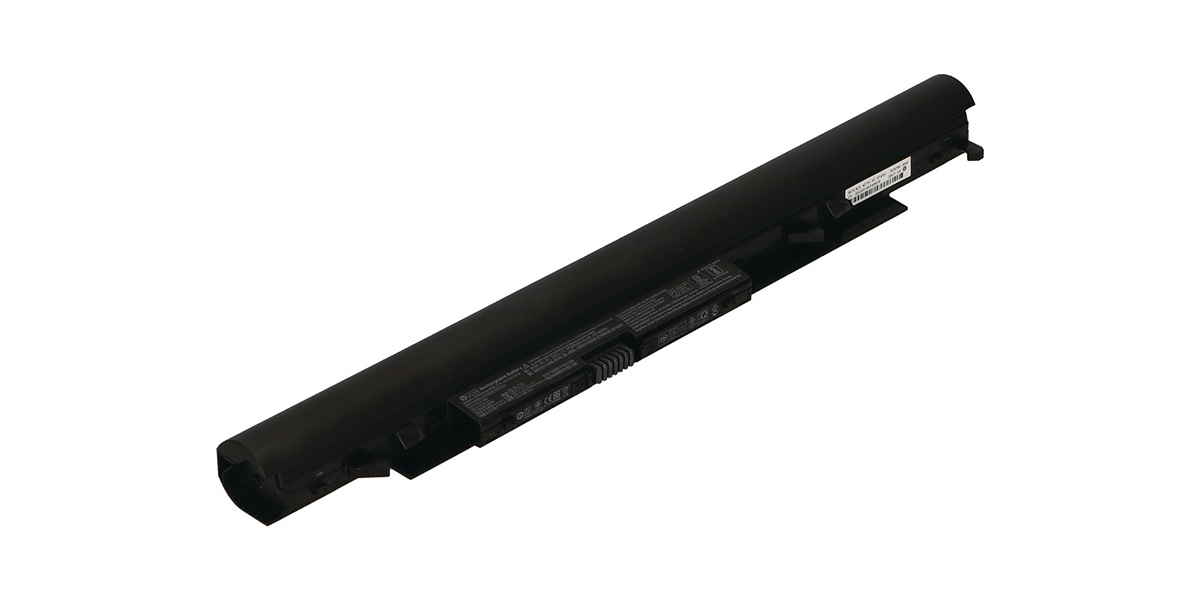We all know how important precious metals are in the world. These metals can be used for different purposes, from medical to electronics, industrial, and fashion. And as we also know, the four major precious metals are silver, gold, palladium, and platinum.
As more of these precious metals are coming into existence, we need to confirm the content of these precious metals to place the correct value on them. Therefore, anyone who deals in precious metals, such as pawnbrokers, jewelry sellers, cash-for-gold operators, and anyone else who sells and buys precious metals, needs to know the exact composition of these items. For one, it will help them place the correct value on several pieces of precious metals. Also, knowing the value will help ensure they don’t overpay the customer or get underpaid when the foundry melts down and recycle the metal pieces.
There are different methods for precious metals analysis, and we’ll be explaining some of them are explained below:
Gold Electronic Tester
You can test precious metals, especially gold, with a gold electronic tester. This tester uses the electrical conductivity principle to determine the concentration of gold in the metal. However, this method isn’t always perfect as gold electronic testers are known for low accuracy.
Scratch and Acid Test
Scratch and acid test is one of the most popular methods for analyzing metal, but just like the gold electronic tester, it’s not always accurate. To carry out this test, you need to use a touchstone to create a scratch on the metal or jewelry. Afterward, you pour several kinds of acid to confirm the karats in the item. Besides the fact that this method doesn’t always give an accurate value, the hazardous acids used in analyzing the metal pieces can harm you if you aren’t careful.
Cupellation/Fire Assay
Cupellation or fire assay is one of the most accurate methods of analyzing precious metals. With this method, you can separate silver or gold from filths by melting the impure metal in a flat dish made of a high-temperature-resistant material. This dish is otherwise known as a cupel. After, you need to direct a blast of hot air on the metal in a special kiln. Unfortunately, as accurate as this method is, it’s also destructive as you need to melt the metal piece to get an accurate reading of its gold concentration.
Portable XRF (X-Ray Florescence) Analysis
This is unarguably one of the best methods of metal analysis. With this portable fluorescence, you can get the accurate value of about 22 elements in one simple reading. There are other reasons why this is the best method for metal analysis. It is non-destructive, and you don’t need any sample preparation before analyzing metal. Also, this analyzer works fast, and you can get karat amounts and precise elemental analysis in seconds.
Conclusion
We understand that you might be confused about which analyzing method works best for you. However, a simple study of these methods will reveal to you what we’ve known all along – a portable XRF analyzer is the best. Unlike others, this method is fast, accurate, budget-friendly, and non-destructive. You can find out more about this technology at www.cdocast.com.
















